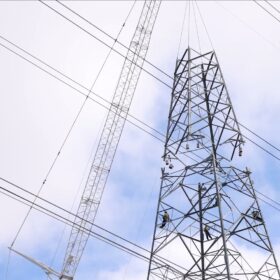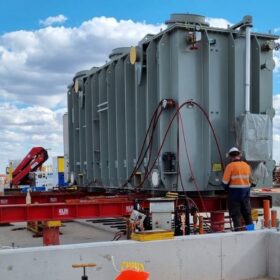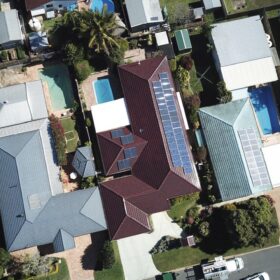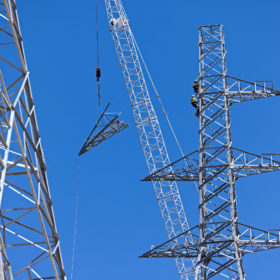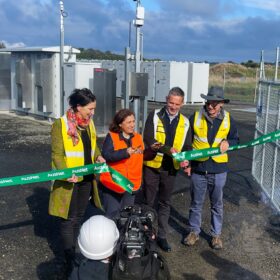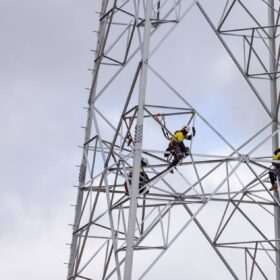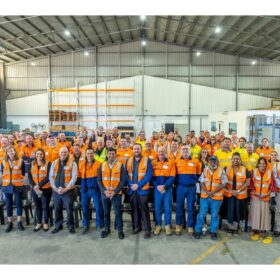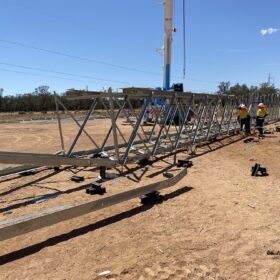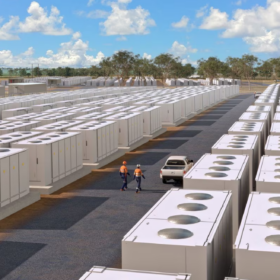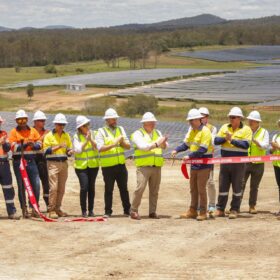Powerlink awards early works contract for CopperString project
A $20 million (USD 13.58 million) early works package for the CopperString transmission project that is forecast to unlock 6 GW of renewable energy resources and connect Queensland’s northwest to the national electricity grid has been awarded to CIMIC Group companies UGL and CPB Contractors.
Transgrid reveals roadmap to deliver energy network master plan
New South Wales transmission network operator Transgrid plans to spend $16.5 billion (USD 11.22 billion) to grow the state’s power system over the next decade to ensure the “secure operation” of the grid at up to 100% instantaneous renewables.
CEFC to target grid infrastructure with investment capital increase
The Australian government has backed the Clean Energy Finance Corporation to lead the transformation of the nation’s energy grid infrastructure by signing off on a $20.5 billion (USD 13.94 billion) increase in investment capital for the federal government-owned ‘green bank.’
Neoen wins WA’s Collie big battery tender, moves into long-duration storage market
French renewables developer Neoen has won a 197 MW / 4-hour duration storage contract with AEMO. The contract pertains to the Collie big battery in WA’s south west, with Stage 1 to be operating commercially by October 2024.
Weekend read: Australia’s electric dreams
Australia is set to electrify everything. Vibrant communities willing to trial the transition are the first in line to learn what to do and how to bring everyone along, reports pv magazine Australia’s Natalie Filatoff.
Compulsory acquisition letters sent to landowners along Central-West Orana transmission route
Compulsory acquisition letters have been sent to landowners along the route of the Central-West Orana transmission link this week by the state’s Renewable Energy Zone planner, EnergyCo. It marks the beginning of the formal negotiation process for the transmission line, which has yet to be put on public exhibition.
Hitachi battery replaces diesel generators on Victoria’s Phillip Island
Phillip Island off Victoria’s southern coast has switched on a 5 MW/10 MWh lithium-ion phosphate battery to support the island’s grid during peak tourism periods.
ElectraNet plots $2 billion transmission spend to support demand growth
South Australia’s electricity transmission network operator ElectraNet has outlined a $2 billion-plus (USD 1.3 billion) pipeline of transmission projects as it seeks to keep pace with a “rapid” energy transformation that could lead to a doubling of the state’s electricity usage by the end of the decade.
Queensland opens ‘SuperGrid’ training centre in Gladstone
Queensland has opened its first Queensland SuperGrid Training Centre and Transmission Hub in Gladstone. The facility is expected to train 500 energy workers annually in a range of areas, including high voltage technical training.
Minister provides stamp of approval for VNI West powerline plan
The Victorian government has signed off on a preferred development plan for the contentious VNI West transmission project that will connect the Victorian and New South Wales electricity grids and promises to unlock upwards of 3.4 GW of new renewable generation capacity.
